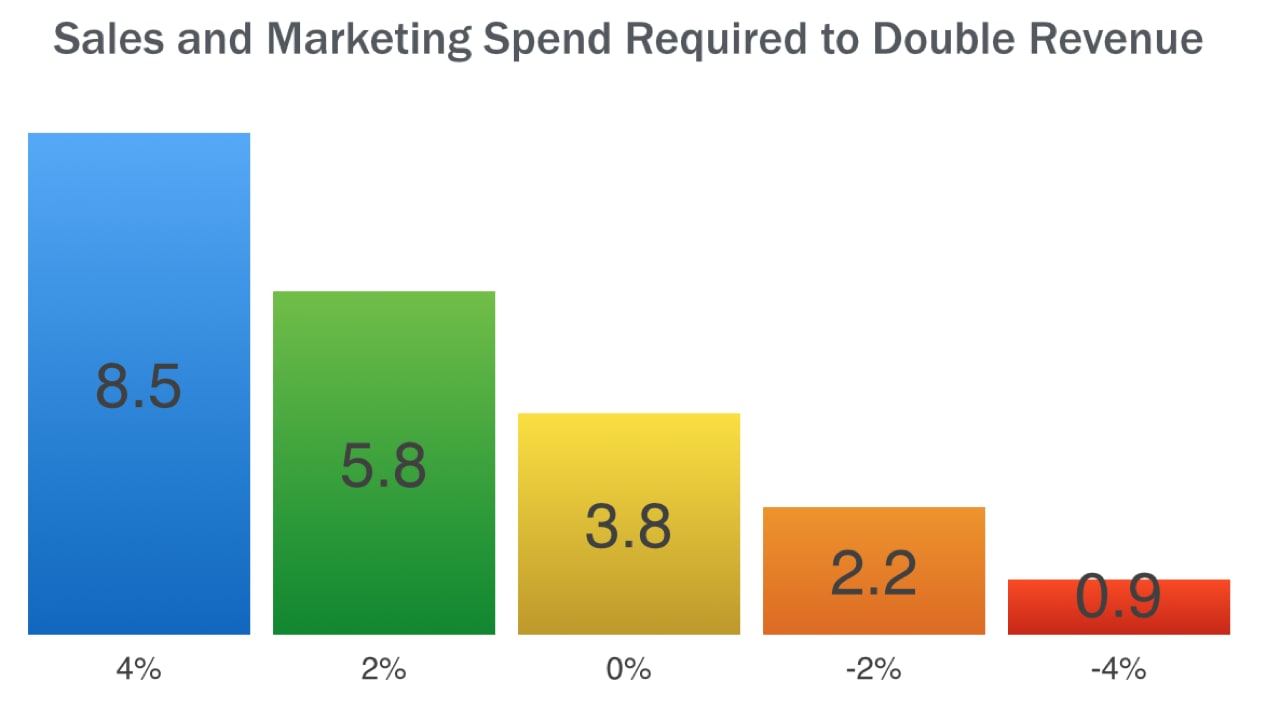3 minute read / Nov 12, 2014 /
Why Your SaaS Startup Needs a VP of Customer Success Sooner Than You Might Think
The modern SaaS startup asks marketing to fill the top of the funnel, sales to qualify and close leads, and customer success to retain customers. Conceptually, this trinity works in unison to grow a business rapidly.
But sometimes, SaaS companies struggle with this model, particularly when churn rates increase in a business. The knee-jerk response may be to ask how to change the customer success team’s structure or incentives to increase the revenue at risk save rate (the fraction of dollars that might have churned, if not for the efforts of the customer success team).
But the churn problem may be the symptom of improper pre-qualification up-stream in the sales and marketing workflows. Imagine a very effective sales team that is able to sell freezers to eskimos. In other words, the sales team closes all kinds of customers, both who truly benefit from the product and those who may not.
As sales velocity increases and revenue balloons, churn rates rise in tandem. Pretty soon, many of the prequalified customers cancel their subscription, churn rates expand and the customer success team struggles to meet their target save rate, despite working furiously to manage the flood of poorly qualified customers.
Further investigation may reveal the sales team is selling ahead of the product and engineering team’s ability to release features. For example, this could be because the product team is behind schedule.
In order to decode the churn puzzle, the leaders of each of these four teams (product, marketing, sales and customer success) must collaborate on defining the right goals for each team and balancing the needs of each. The marketing team commits to generate a certain number of leads to feed the sales team who signs up for quota depending on the product team’s ability to deliver features on time. Meanwhile, the customer success team rallies to save a certain fraction of revenue.
All of these goals are in tension and are interconnected. If the customer success team isn’t represented by a peer in the management team, customer retention challenges triggered by events upstream may not be surfaced in time to avoid large increases in churn rates.
As the chart above shows, when churn rates rise, a startup begins to burn much more capital to maintain the same revenue, so this is an important problem. For a hypothetical SaaS company, the difference in cash needs between a 4% monthly churn and a negative 4% monthly churn is close to 90% less capital. (Negative net churn occurs when the revenue from existing customer base grows fast enough to offset the loss of churned customers.)
While putting off hiring a leader of customer success may seem like a reasonable business decision, for fast-growing SaaS companies, the investment will pay off handsomely in the form of a well aligned team, properly structured goals across the organization and substantially better capital efficiency of the business.
